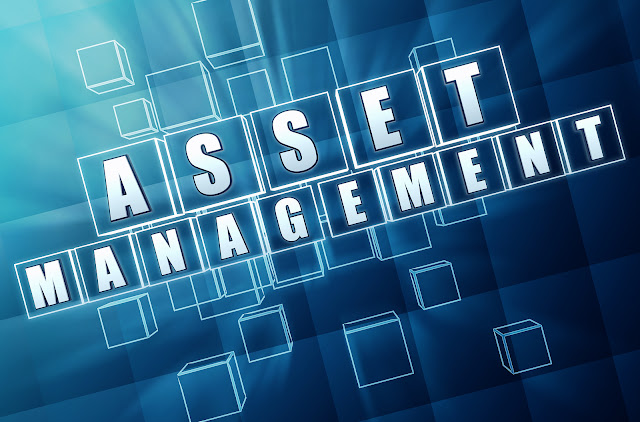Enterprise Asset Management: Optimizing Operations And Maximizing Asset Value
As industries evolve and technology progresses at an unprecedented pace, the need for efficient and strategic asset management has never been greater. Enterprise asset management (EAM) refers to software and systems that help organizations better monitor, maintain, and optimize physical assets throughout their lifecycles. With advanced EAM solutions, companies across all sectors can strengthen operational processes, extend asset lifespans, and unlock hidden value.
What is Enterprise Asset Management?
An enterprise asset management system provides a centralized platform for
recording all asset-related data, activities, and costs. Rather than relying on
disconnected spreadsheets or documentation scattered across departments, EAM
centralizes asset data in a single database. This consolidation of information
allows organizations to gain insights, make data-driven decisions, and
streamline maintenance activities.
Key characteristics of modern EAM solutions include:
- Asset registry - Detailed records of all physical assets including
specifications, location, condition, purchase records, etc.
- Maintenance management - Scheduling, tracking, and completion of all
maintenance, repair, and overhaul tasks.
- Procurement management - Sourcing of replacement parts and integration with
supply chain systems.
- Performance monitoring - KPIs and analytics to assess asset/equipment
reliability, downtime, utilization, and return on assets.
- Lifecycle costing - Accurate estimation and monitoring of total cost of
ownership over asset lifespan.
- Integration - Compatibility with other enterprise systems like ERP, CMMS,
SCM, and IoT platforms.
Benefits of Enterprise Asset Management
With an intelligent Enterprise
Asset Management strategy in place, organizations experience numerous
tangible benefits across finance, operations, and sustainability. Some key advantages
include:
Improved Asset Performance & Reliability
By identifying assets in need of maintenance proactively instead of reactively,
unexpected downtime is minimized. Condition-based monitoring prevents minor
issues from becoming major failures. Overall equipment effectiveness increases
along with on-time delivery of products and services.
Optimized Maintenance Budgets & Spend
EAM brings visibility into exactly where maintenance dollars are going through
work orders, part usage history, and contractor management. Under/overused
assets can be right-sized. Repairs vs replacements are carefully evaluated
based on total cost of ownership models.
Extended Asset Lifespans
With digitized history of repairs, usage, location etc., assets continue
working longer before replacements. Planned preventative maintenance prevents
premature retirements. Remanufacturing and component reuse reduces
electrical/electronic waste.
Improve Compliance & Safety
Automated alerts keep maintenance and safety checks on schedule as per
compliance standards. Documented routines also aid audits and reduces risks of
non-compliance penalties. Worker safety improves through provision of latest
technical support documents at field.
Unlocking of Hidden Asset Value
Underutilized or idle assets can be repurposed or resold. Real-time usage
insights reveal potential for strategic asset redeployment across locations.
Idle capacity may be leased or rented out as pay per use models.
Implementing an Enterprise Asset Management Strategy
A phased EAM implementation approach is recommended to fully realize the
benefits:
1. Assessment of current asset portfolio, processes, and data gaps. This
includes physical asset audit and process mapping.
2. EAM software selection based on industry, asset types, budget, and future
scalability needs. On-premise or cloud-based are options.
3. Digitization of all existing asset records, moving them from spreadsheets to
centralized database. Manual records may need inputs from subject matter
experts.
4. Standardization of taxonomies, master data, forms, checklists etc. Ensuring
uniformity of asset naming,spare parts coding, maintenance tasks etc.
5. Staggered rollout across high value assets first before expanding coverage.
This allows learning from initial deployments.
6. Change management initiatives to drive user adoption and process compliance.
Training programs help users leverage full EAM functionality.
7. Continuous improvement through KPI monitoring, audit findings, user
feedback. EAM evolves with the organization to extract greater value over time.
With digital transformations sweeping every sector, forward-thinking
enterprises are embracing EAM strategies to evolve asset-related operations on
an integrated platform. This optimization of physical assets through their full
lifecycles will be a key lever for long term business sustainability and
competitive differentiation.
Explore more related
article on this topic: https://www.newswirestats.com/introduction-to-enterprise-asset-management-principles-and-practices/
For More Insights On
This Topic: https://captionssky.com/industrial-laser-systems-revolutionizing-precision-manufacturing/




Comments
Post a Comment